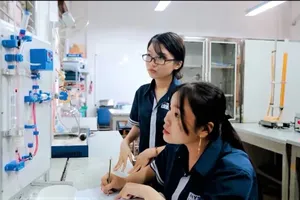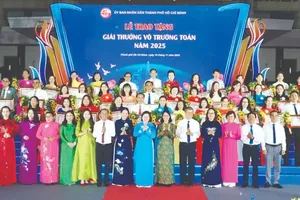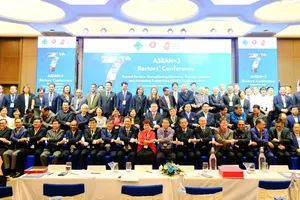The Ministry of Education and Training has laid out plans for implementing “national-standard” schools across the country, but critics say there are several problems with the scheme.

According to the ministry’s recent promulgation, to be recognized as a national-standard school, the percentage of annual dropouts cannot exceed 1 percent and the number of class-repeaters cannot not exceed 6 percent.
At least 3 percent of a school’s students must be considered “academically outstanding;” 30 percent or more must be ranked as “above average;” and no more than 5 percent of students can be deemed “below average.”
Meanwhile, at least 30 percent of teachers at national-standard schools must be ranked as “excellent” and all must be considered at least “above average.”
The new regulations aim to encourage schools nationwide to be competitive and thus improve overall standards. But experts say there are several fundamental problems with such a plan.
Rather than improving the overall quality of all schools in the country, local authorities may end up handpicking only the top teachers and students to establish “national-standard” schools to meet ministry objectives.
Critics also argue that schools should not be evaluated purely on the academic grades of students. In addition, a host of factors should be considered when assessing teaching quality, experts say, including how effective instructors are at helping the most challenging students.
Other countries do no rank schools in such a way to prevent students from flocking to the most prestigious schools.
After visiting Finland, Director of the HCMC Department of Education and Training Huynh Cong Minh said that Finnish schools are not ranked because if you praise a good school, it implies that you disparage others.
Teachers in Finland also don’t single out the best students for praise, and make great efforts to help struggling children.
Experts say that Vietnam should consider such factors before launching its “national-standard” plan.
























